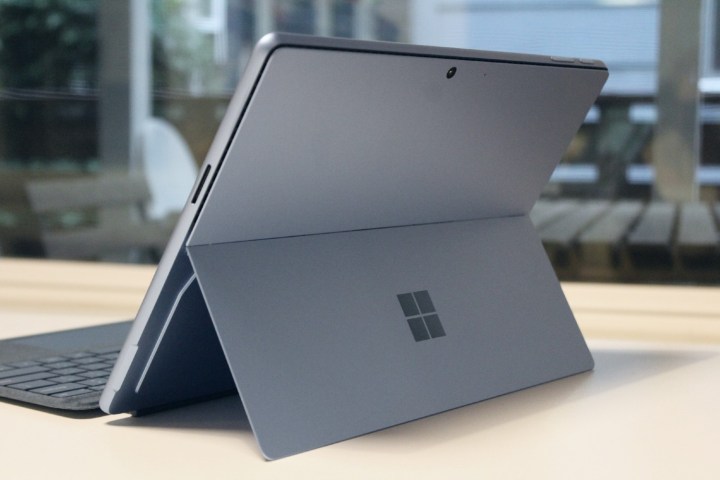
Windows on Arm hasn’t caught on yet, despite years of effort from Microsoft. One of the biggest issues facing Arm-based processors on Windows has been app support, but one major holdout just opened up support for these CPUs.
Google Chrome has been at the center of the conversation around app support for Windows on Arm, but it appears Google is prepping a native Arm version. The build went live late Thursday night in the Nightly channel for Google Chrome, which is a developer channel that showcases cutting-edge features (and plenty of bugs) for those who want to be on the bleeding edge of what Google Chrome has to offer.
Microsoft has offered a native version of its Edge browser for Arm-based machines, but those who prefer Google Chrome were forced to run an emulated version with poor performance. It’s a big deal to see a native Arm version of Chrome considering the browser holds around 65% of the market. That compares to only 5% of market share for Edge.
It’s monumental for Windows on Arm, and a clear statement that Arm-based Windows PCs may become more popular soon. Qualcomm has already revealed its Snapdragon X Elite processors for Windows laptops, which are set to launch this year. In addition, reports show that Nvidia and AMD are prepping Arm-based chips that will launch next year.
The momentum behind Windows on Arm has only grown since Apple introduced its M-series chips. Since ditching Intel, Apple used an Arm design for the processors in Macs that has shown remarkable performance and battery life. The battery life portion is especially important, as we continue to see Windows machines like the Asus ProArt StudioBook 16 that show great performance, but poor battery life.
Considering how many applications run in the browser, native support for Google Chrome on Arm makes the future of these new processors on Windows devices much brighter. The next big holdout is Adobe, which currently only supports native versions of Lightroom and Photoshop on Arm. We expect to see more native versions of apps as Qualcomm’s chips make their way into laptops toward the middle of the year.



